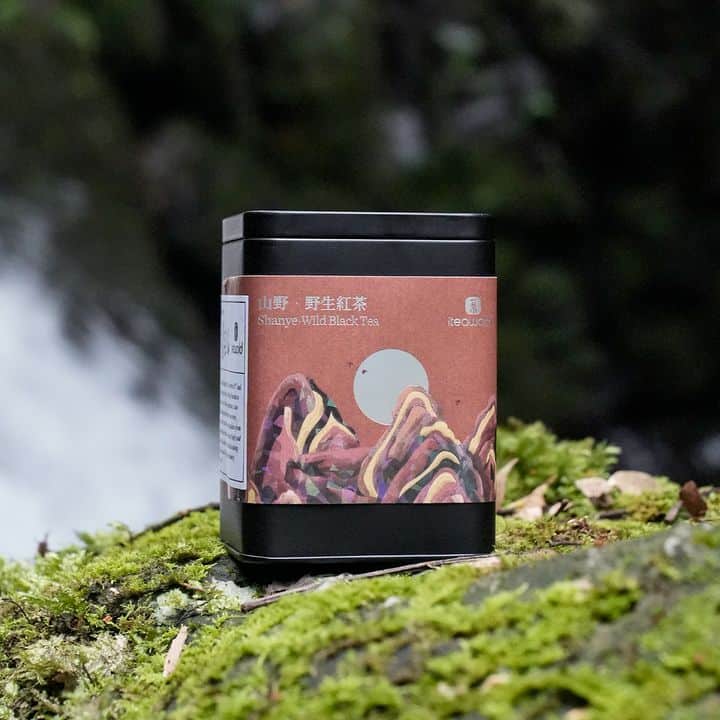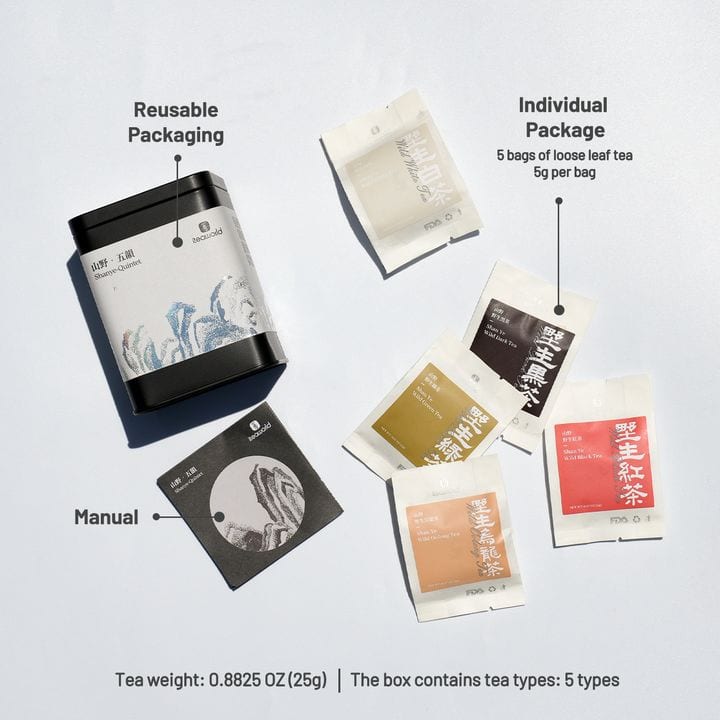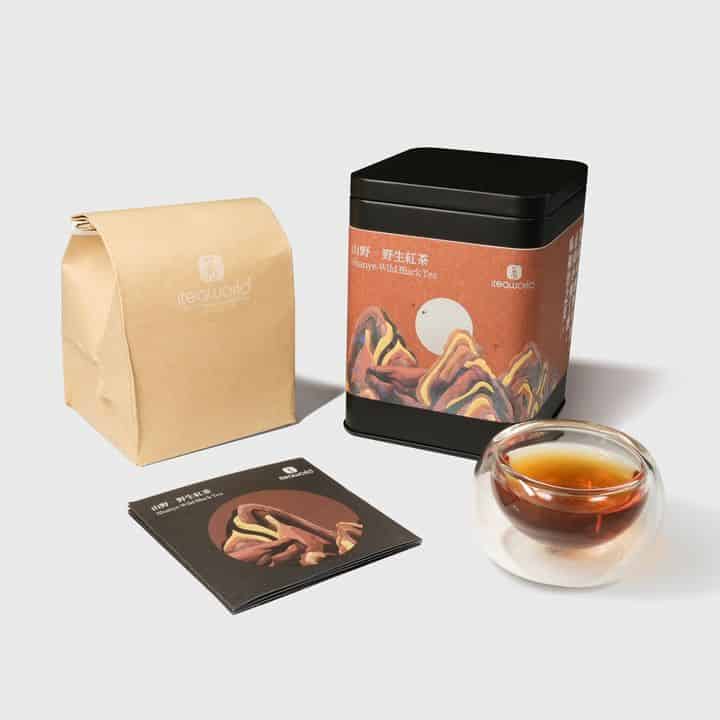Introduction
What is a tea that is sometimes referred to as forest tea or wildcrafted tea? It is a splendidly crafted yet, “wild” in nature tea.
Wild tea is, as the name sounds, wild. It’s grown in its environment, in undisturbed areas as it is found. Unlike most teas we consume are grown on plantations and well cared for and harvested.
Wild tea is not a pretty pruned bush, but more an overgrown, sometimes forgotten tree. Sometimes the tree can be hundreds of years old.
I hope this article opens your eyes to a “wild” creation crafted by nature, not man and well deserving of its name.
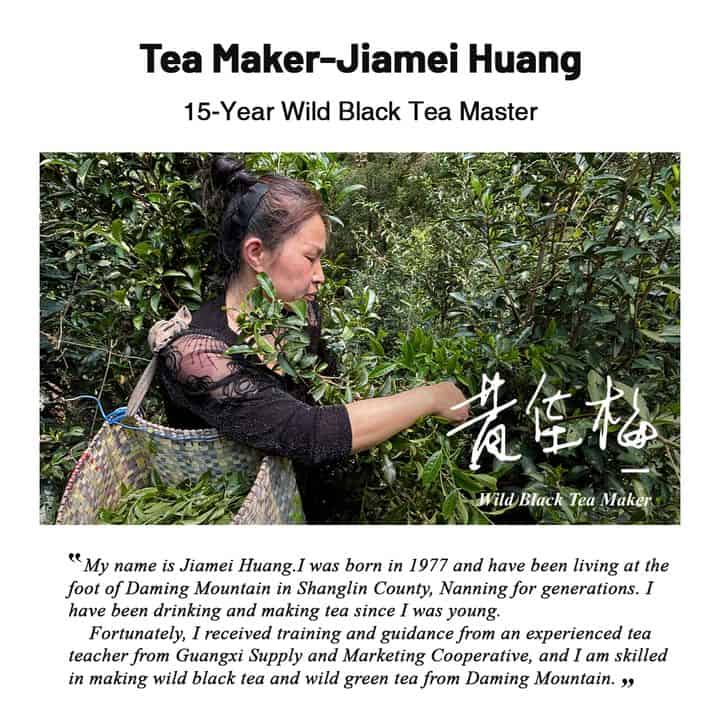
History of Wild Tea
I was first introduced to wild tea many years ago on a mission trip to the Apache Nation in Arizona. Being a tea drinker I was offered a cup of tea, simply so fresh, earthy, and mellow. We talked about how “tea” came to be and where it was from. When it came time to leave I received a clear bag with weeds. I was told to brew it and enjoy it.
For the longest time, those weeds sat on my desk and I finally brewed them and enjoyed them. This was the tea they served me, a weed. Not a traditional tea plant. But, what was it? To this day I have no idea what the weed is and while I have reached out several times I have never received a reply.
What I do know now is that it is wild tea.
Wild tea is part of culture, different cultures around the world. Long before our modern-day plantations and cultivation was wild tea. Wild tea has been here long before “tea” shipped in boats as a luxury.
Many nations and nationalities have trusted in the benefit of wild hearts and plants.
I’m writing this article for two reasons, to educate and to join in a new awakening into the world of wild tea. If you have not heard about it yet, you will.
Wild tea, also known as wildcrafted tea, can come from a variety of regions around the world. Unlike commercially cultivated teas, wild tea is harvested from plants. Plants that grow in their native habitats. Here are some notable regions and types of wild tea:
Indulge in our Chinese Wild Oolong Tea Selection, tea exhibits a rich floral and fruity aroma that infuses the water. Upon sipping, the floral and fruity notes rise, filling the nose with their fragrance. The flavor is robust and refreshing, with a pronounced sweetness that stimulates the salivary glands and leaves a clear, crisp aftertaste. The enduring sweetness provides a lingering, delightful aftertaste that is truly memorable.
Wild Tea Harvesting
Wild tea, while not as popular or as pretty. Teas that are harvested on plantations can contain buds and small leaves. You won’t find buds or small leaves in your wild tea. Wild tea harvesting is and should be ethical and sustainable to preserve the plant. This preparation takes knowledge and forethought as well as endurance and strength.
Wild tea can be found all over the world. Wild tea can even be found in the United States. But the tea you want is that which is found deep in the jungles and forests, in the mountains and foothills.
As mentioned, wild tea in the United States consists more of herbs like those mentioned above. One “tea” herb worth mentioning here is mint. Wild mint is abundant in the central and eastern parts of the United States.
- India holds a great wealth of Tulsi or Holy Basil
- Europe produces a lot of herbs used for medicinal purposes
- South America is well known for Guarana and Yerba Mate.
- Last on our herbal wild tea list is Africa with its red bush Rooibos tea and Hibiscus.
We finally arrived at our true Wild Tea. Remember only true tea comes from the camellia Sinensis plant. China holds a vast uncultivated land. This is where our ancient tea trees and undisturbed wild tea lay. Wild camellia Sinensis tea is found in the mountains hidden deep within.
Wild tea typically refers to Chinese tea trees that grow naturally in the wilderness and forests, relying entirely on natural conditions without excessive human intervention or management. These Chinese tea trees, free from pesticides and fertilizers, thrive in their natural habitat.
Types of Wild Tea
Wild tea encompasses a broad range of herbal infusions made from various plants. These are not what I want to share with you today. Most are aware of the foregoing of herbs (yarrow, nettle, etc) to create teas, salves, and spices. Today I want to focus on true wild tea. Tea from forgotten plantations or tea trees as tall as the sky. Wild green, black, or oolong tea.
Wild tea much like cultivated teas is produced through seed propagation. The plants grow wild, often a long time not even touched by human hands. Until they are found.
Wild teas taste different. The soil and environment they are in is not controlled by anything but nature. So the leaf may have a completely different taste than what we are used to.
Some of the wild teas, those that live to be hundreds of years old, have a history. History is deeply rooted (see what I did there) in the land they have grown and developed.
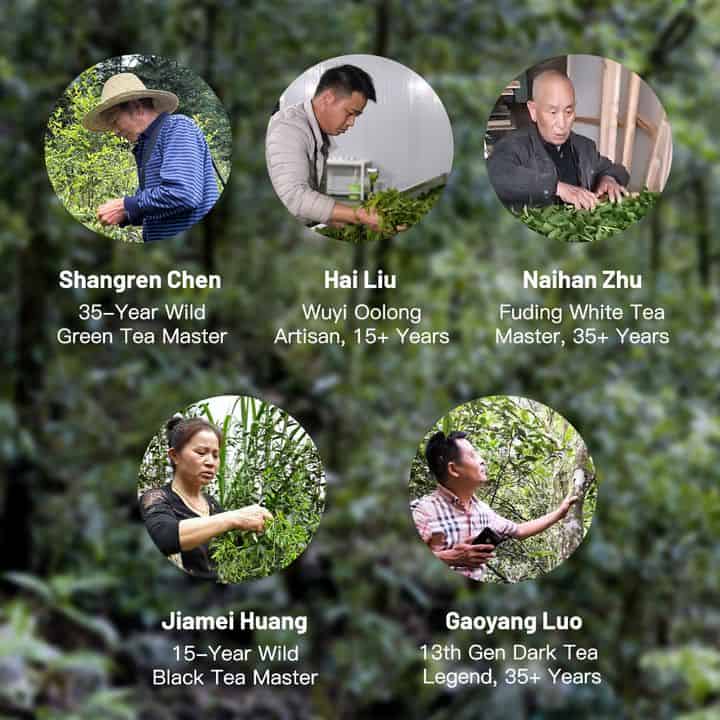
Health Benefits
Wild teas are crafted for their potential health benefits. The benefits vary from plant to plant, area to area, environment to environment. There are however some general benefits of wild tea we can share with you:
- Wild teas are rich in vitamins and minerals. Wild tea can also be rich in antioxidants supporting your overall health and well-being.
- Wild tea also has anti-inflammatory properties. This helps to reduce inflammation. Inflammation that is caused by many chronic and not-so-chronic conditions.
- Wild tea helps with digestion, coating and calming the stomach and digestive tract. Especially if you include some of those wild herbs in your brew.
- Wild tea as with most hot drinks helps clear the mucus membranes of the throat and nose. Supporting a strong immune system. Helping you breathe better when congested.
- Relaxation, just the tea scent alone can calm your soul. Tea has a meditative relaxing property that makes you take a moment, take a deep breath, a sweet sip, and Ahhhhhh…
Indulge in our Chinese Wild Black Tea. Using a non-smoked Zheng Shan Xiao Zhong process, this tea boasts a rich floral aroma and a thick, smooth taste. It leaves a refreshing sensation under the tongue and a clear, lingering throat note. The aftertaste is deep and lasting, with a prolonged sweetness that brings joy
Harvesting
I mentioned earlier about the task of harvesting wild tea. Harvesting wild herbs can be challenging in locating them but harvesting is not that much of a chore.
Harvesting wild tea can be challenging. Wild tea can and should be harvested selectively and respectfully. Never take all of the plant but only that which is needed.
When harvesting wild tea you do not get the option to only harvest the top leaves or the bud and two leaves. Wild tea is harvested by taking on a portion of the plant so the plant can continue to grow and produce more tea.
The tea leaves of wild tea are mature fresh leaves. Size and condition vary by location. Tea leaves are only picked once, in the spring, as this is the best time to harvest wild tea.
How to Brew Wild Tea
- Simple to brew
- The same as your other tea products, honestly.
- I’d rinse your leaves before brewing, I do that with all my loose-leaf teas.
- Use about 1 tablespoon per cup
- Boil water and pour over tea leaves
- Steep for 4-8 minutes to desired strength
- Strain tea into a teacup and enjoy!
The Complexity Of Wild Tea
When Wild Tea is produced correctly you can taste the freshness and earthiness. Wild tea is complex. So many counterparts of earth, wind, climate, soil, age, and history.
Depending on the composition of the soil and weather your wild tea may be bitter, sweet, sour, tart, astringent, floral, or fruity. Earthy is the taste note I look for in a wild tea. For me, I look for that earthy woodsy complexity and it just seems to fit a tea that is grown in the wild.
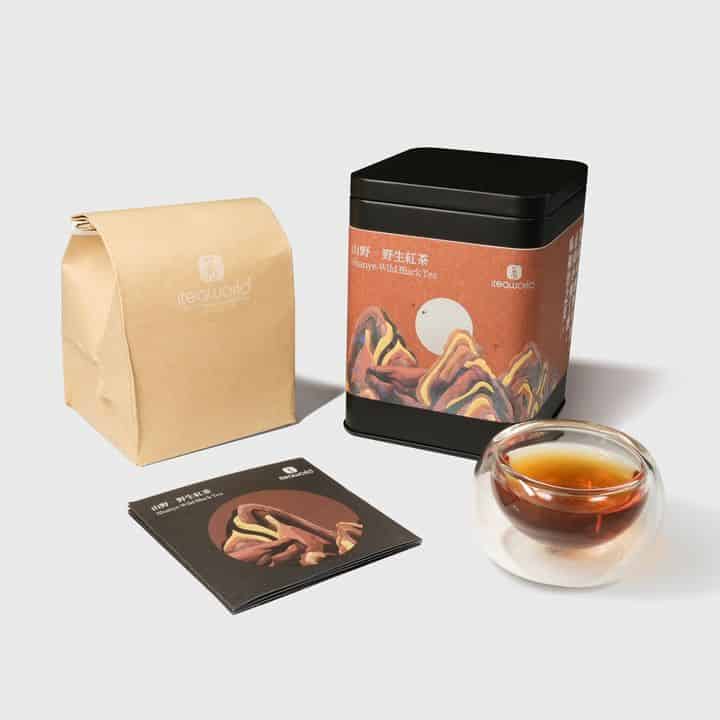
Conclusion
It used to be that you had to know an Apache Indian, like I did. To share a cup of his wild tea with you before you had a chance to understand or even know about it.
Today the world is an open book and Wild Tea is now at your doorstep. Taste the tea of a forest untouched, natural, and unadulterated. Can you imagine tasting tea from a 1,000-year-old tree? A tea from the middle of a jungle harvested by a talented hard-working tea farmer. Wow!
I’m excited to partner with IteaWorld and share their love and my newfound love of Wild Tea. My favorite is black wild tea. But there are others to try.
Complex Diverse Wild Tea, let the world know!
** Thanks go to Iteaworld for the use of their images in this blog post

